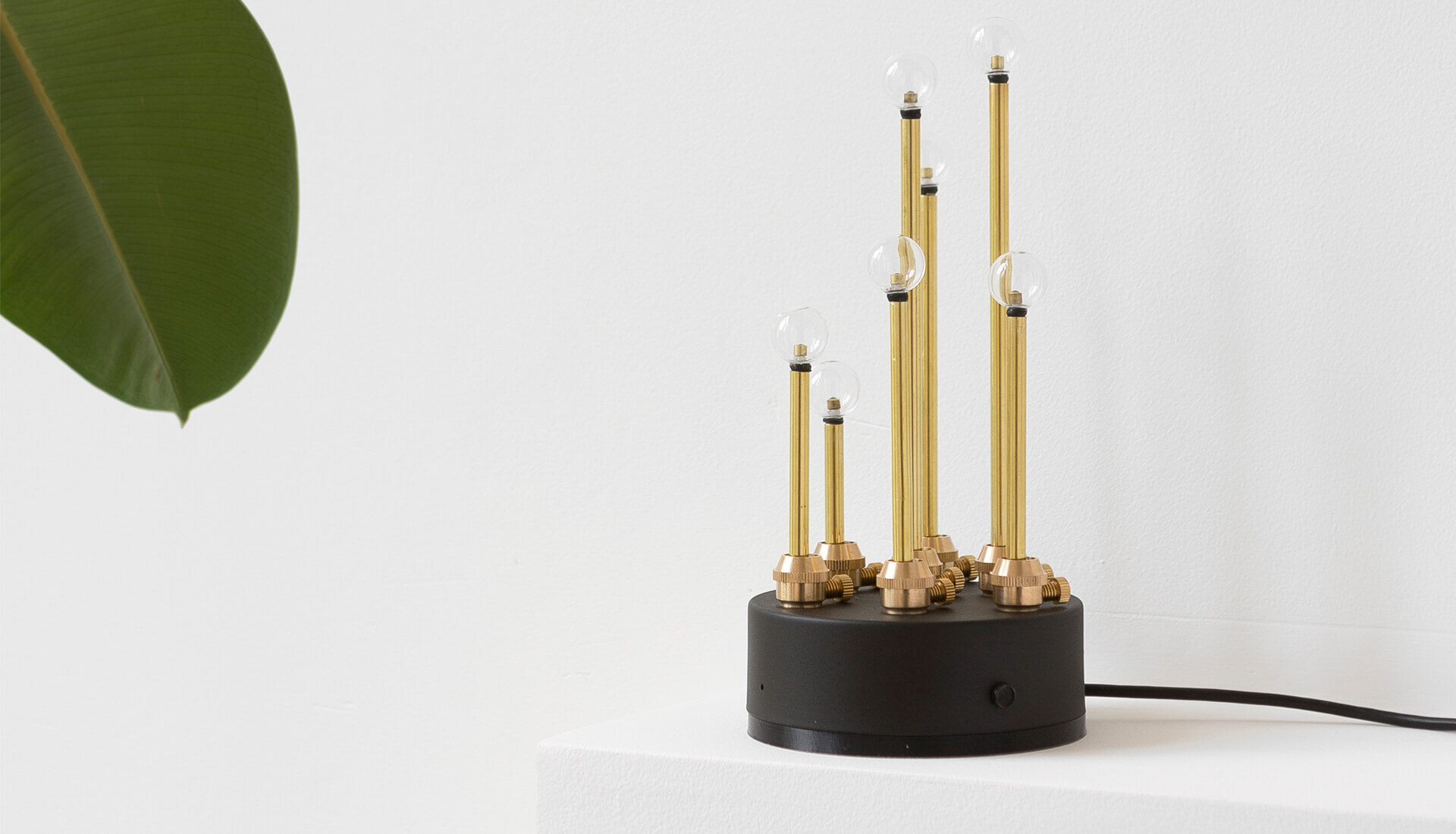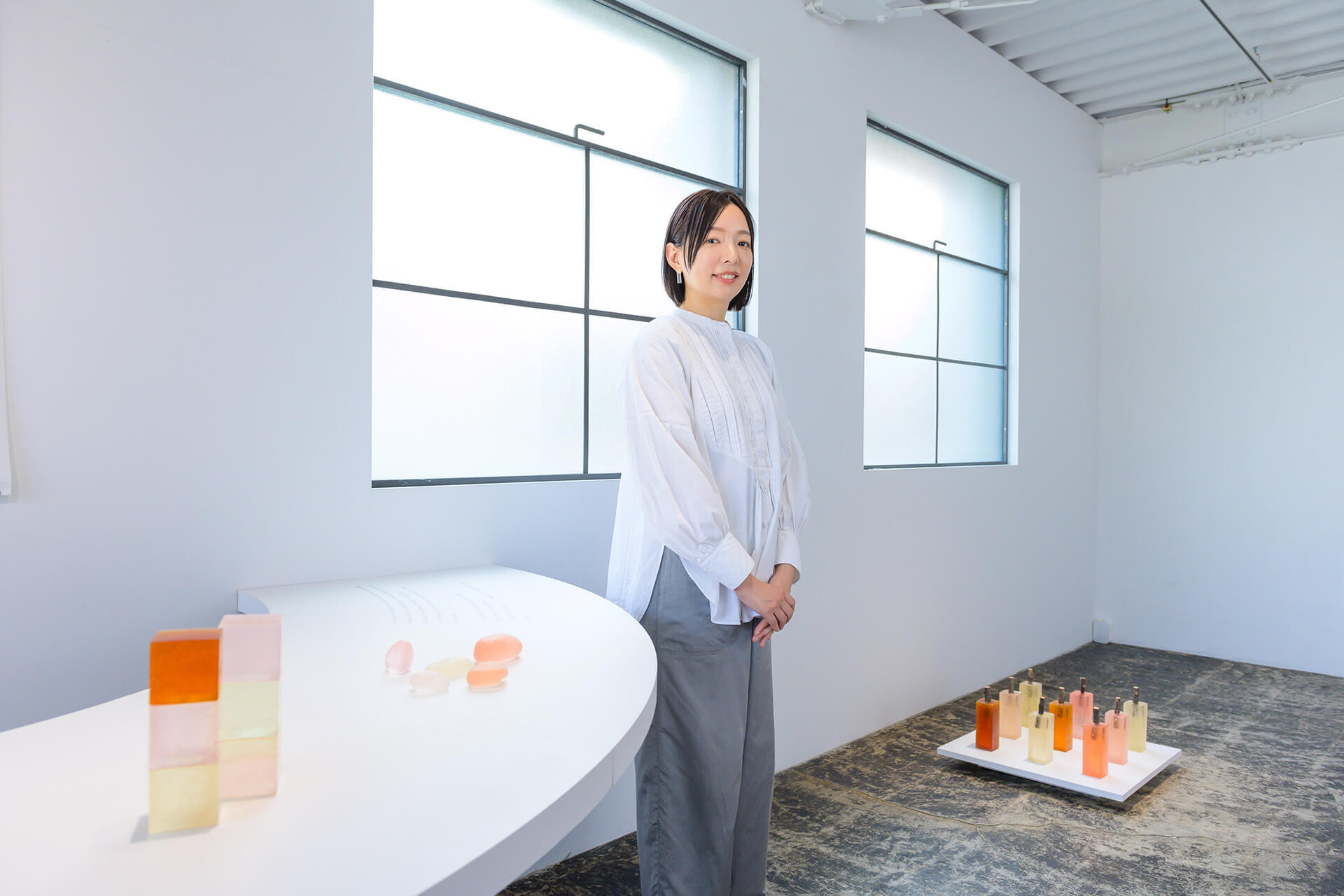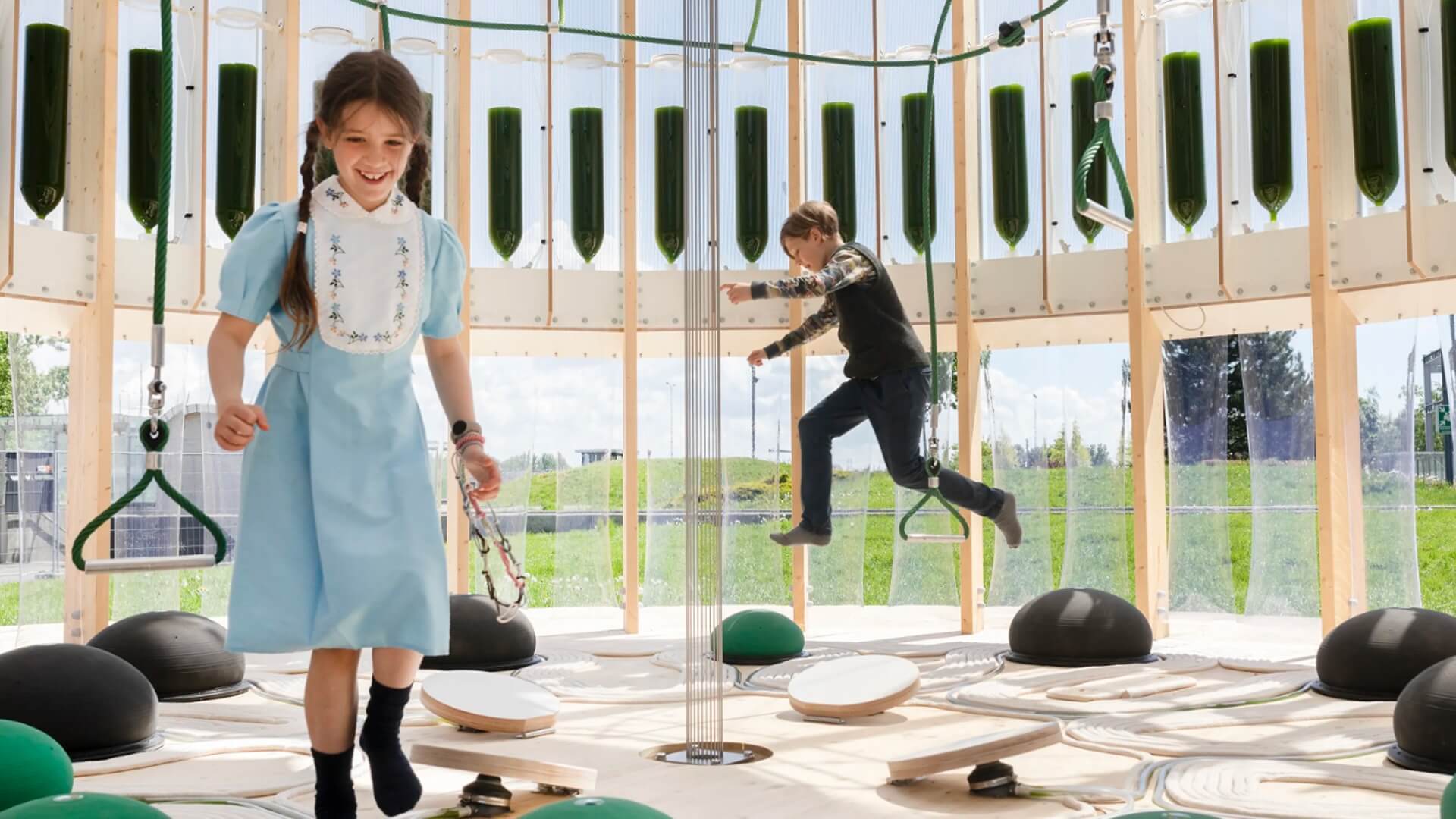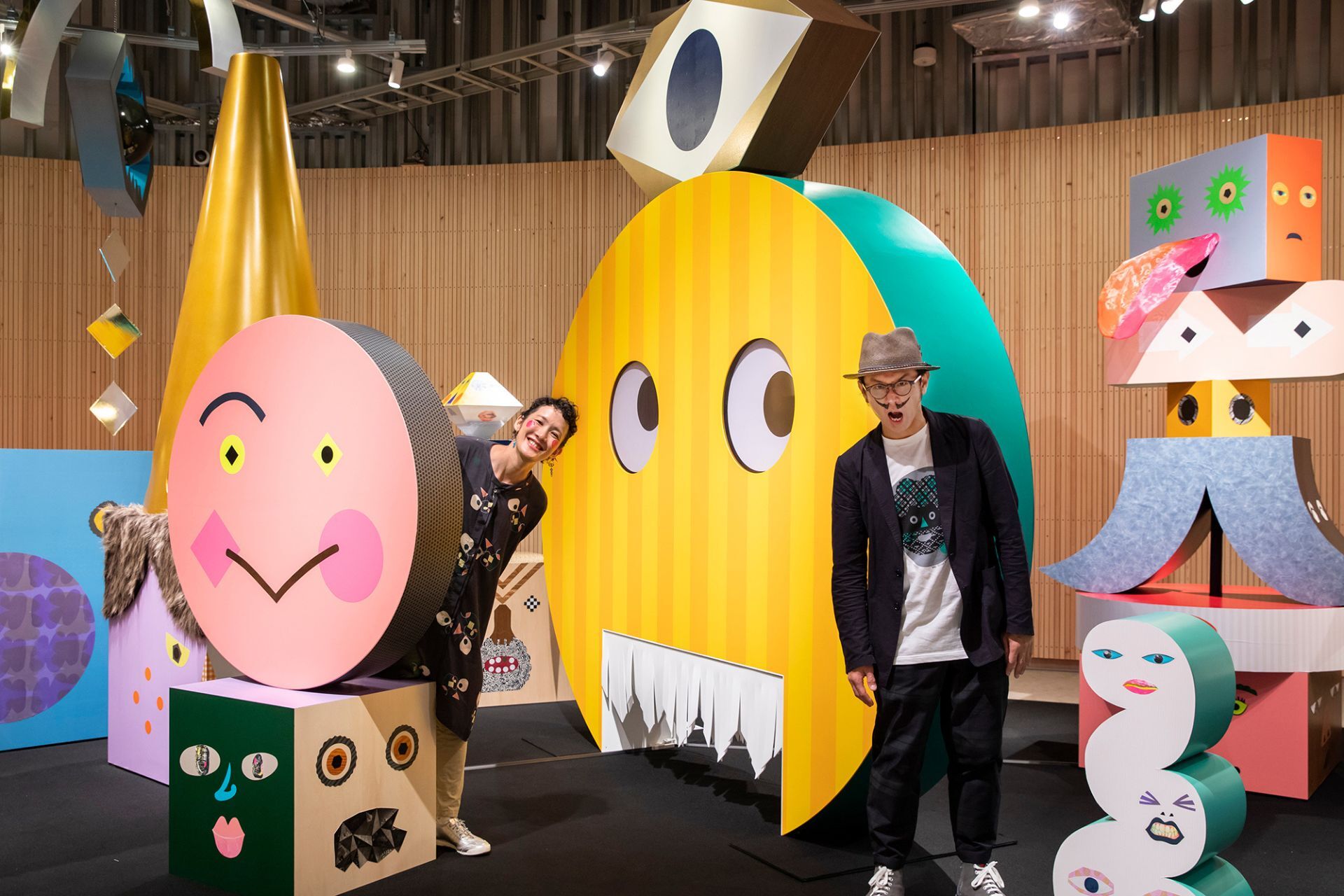This is part of the interview series by the platform "AWRD," connecting creators and projects. In this series, we interview creators who have expanded the scope of their activities through awards. This time, we had the opportunity to speak with designer Guillaume Slizewicz, who was selected for the award-winning project at "crQlr Awards 2021."
Guillaume is a designer and one of the ten designers incubated at MAD Brussels, a regional institution that promotes design in the Brussels region, Belgium. He presents works addressing various societal issues through design thinking and product design. Crossing analog and digital boundaries without being confined to materials, Guillaume's creations are not only aesthetically pleasing but also conceptually rich. Those intrigued by the visuals of his work can understand the concepts behind them, allowing us to carry home the societal challenges and issues we face.
One of his award-winning pieces, "Canari," was recognized at the "crQlr (Circular) Awards 2021," a platform seeking projects and ideas for designing a circular economy. Behind the visually appealing table lamp lies a warning about air pollution in Brussels, where Guillaume resides, and other cities. In this interview, we delved into discussions about the "Canari" project and explored episodes related to Guillaume's creative endeavors.
ーHow was your experience participating in the 'crQlr Awards 2021,' where your work was honored with an award?"
I remember feeling delighted when I received the news of the award and read the comments from the judges. At the time of winning the 'crQlr Awards 2021,' I had just established my studio, so it served as a significant confidence boost for me. In that sense, it was a very positive and enriching experience.
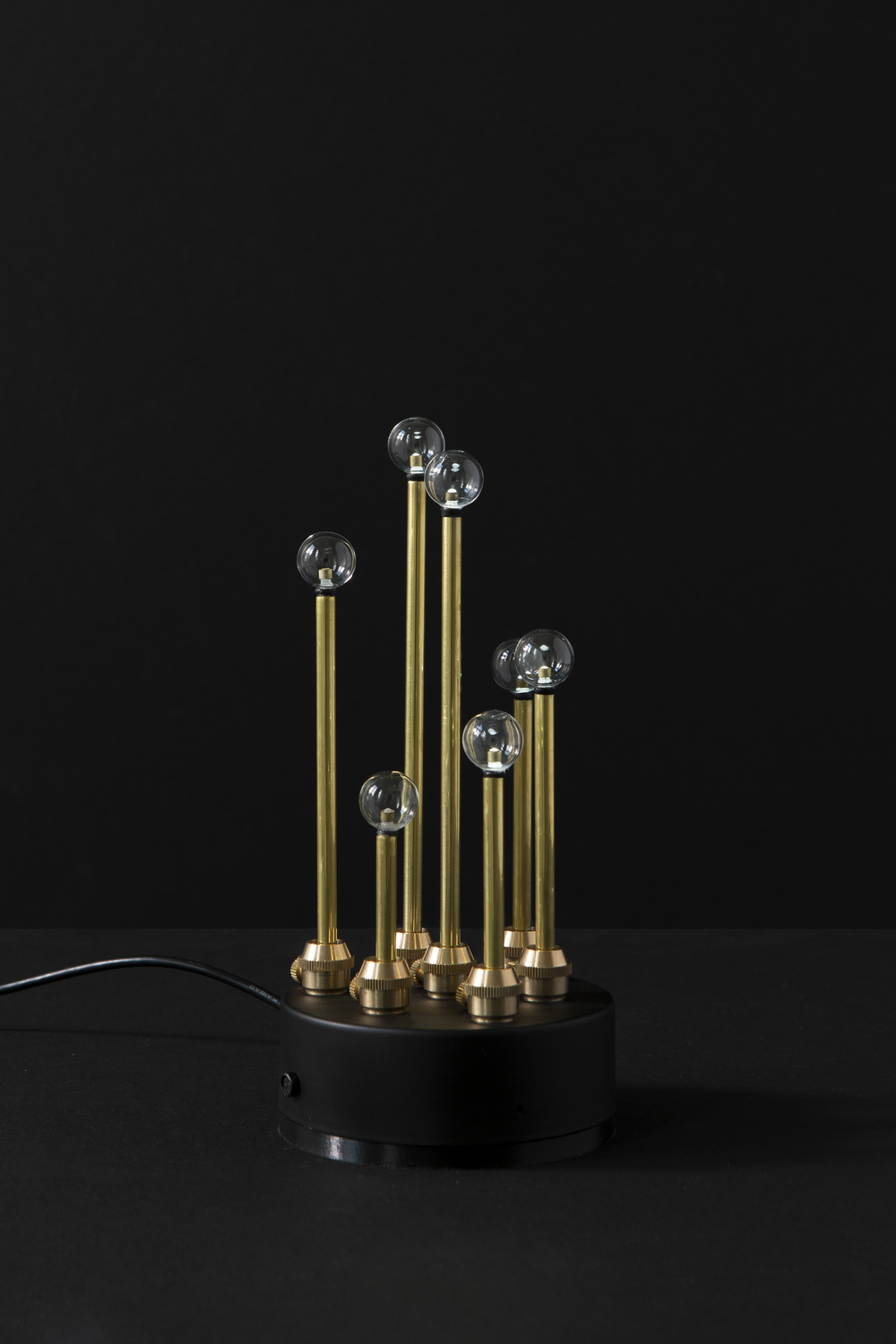
ーPlease tell us about your award-winning piece 'Canari' at the 'crQlr Awards 2021.
"Canari" is a lamp that transforms local air quality data into patterns of light. Inspired by the practice of coal miners bringing canaries into mines, as these birds would detect pollution before humans, the lamp draws on the symbolism of the canary as an early warning system.
Referred to as the "invisible murderer" at times, air pollution is often challenging to perceive with the naked eye. While governmental agencies and universities have been measuring data for a long time, the information is both limited and complex, making it less accessible to those unfamiliar with the intricacies. The table lamp, part of the "Canari" project, visualizes air pollution data through the light and its speed. The goal is not only to provide information to citizens but also to enable immediate action through warnings.
Through this project, there is also a desire to raise awareness about air pollution. Using the analogy of coal mines connects the past and present, linking mining, air pollution, faith in industrial progress, and the associated consequences.
ーWhere did you draw inspiration for the beautiful form of 'Canari'?
Brussels has a rich history of design, with many Art Deco and Art Nouveau-style buildings still standing today. The city also hosts frequent flea markets, providing opportunities to encounter various shapes and styles. These aspects, coupled with a more formal design education, played a role in the creation of Canari, I believe.
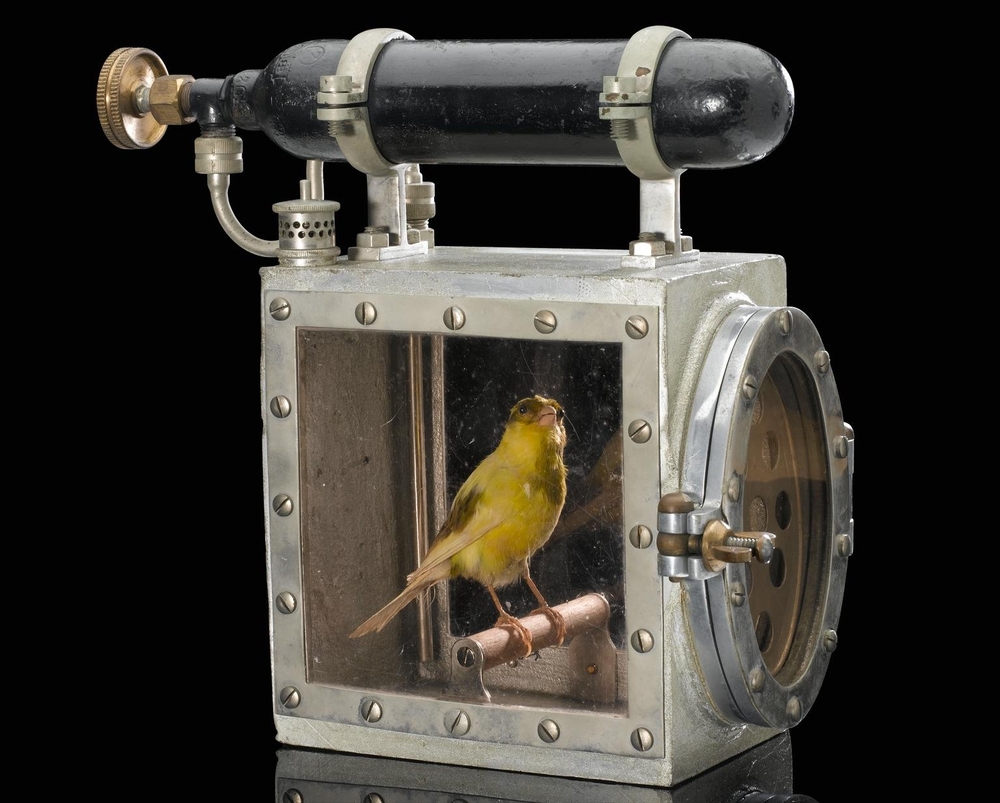
ーYou have won numerous other competitions as well. What motivates him to participate in these competitions?
Participating in competitions provides an opportunity to organize and articulate my projects in a way that can be effectively communicated to third parties. Winning not only brings recognition from peers but also emphasizes the importance of competition prizes. The financial aspect is crucial as it allows me to dedicate more time exclusively to my creative endeavors.
Especially when starting in the field of creative work, building credibility and gaining attention in the desired domain are essential. Competing in competitions serves as a important means to achieve these goals.
ーAmong the competitions you've participated in, what is the most memorable experience for you?
I've attempted a particular competition on two occasions in the past. While I didn't secure an award, one of the judges reached out to me personally, and we had the opportunity to collaborate on a project together. Applying for open calls and competitions can lead to unexpected and interesting developments.
ーWhat other types of projects do you usually work on?
My work sits at the intersection of design, digital art, and manufacturing processes. Currently, I am involved in multiple projects, including digital ceramic glazing, ceramic 3D printing, vertical UV printing, carbon-sensitive digital infrastructure, and research projects related to forests.
I also engage extensively with artificial intelligence. In the latest exhibition, 'promptism: the art of talking with machines,' I explored the potential technical and ethical limits of new image synthesis models.
ーDo you have a particular aspect or element that you consider most important or have a strong emphasis on in your creative process?
I consider most of my creative endeavors to be an integral part of a collective. Therefore, I make a conscious effort to conceive projects where I can collaborate with others, acquire knowledge from them, and collectively bring ideas to fruition.
“La grandeur d'un métier est peut-être, avant tout, d'unir les hommes : il n'est qu'un luxe véritable, et c'est celui des relations humaines.”
The greatness of a profession may well be, first and foremost, in bringing people together. It is the true luxury, the luxury of human relationships." - Antoine de Saint-Exupéry, 'Terre des hommes (Wind, Sand and Stars),' Le Livre de Poche, 1939, p. 42
I also make an effort to create projects that spark intellectual and aesthetic curiosity beyond this perspective.
ーWhen it comes to undertaking projects and creating artworks, you combine technology and various materials in different ways. What led you to adopt such an approach?
I believe it stems from my desire to break away from the screen while working with digital technology. Additionally, I have a keen interest in understanding how the material world is crafted. I am passionate about learning new processes and methods to create objects and installations. Giving specific forms or unique shapes to things is crucial for me.
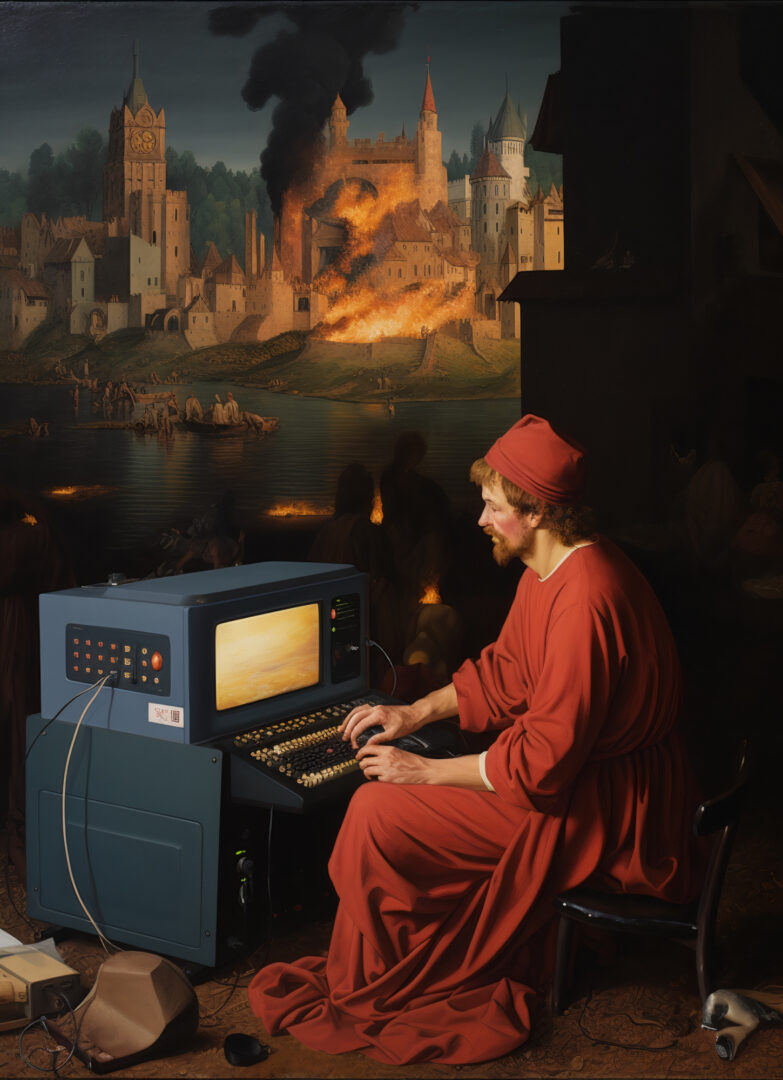
ーWhat prompted you to start creating, and when did you begin your artistic endeavors?
This is a difficult question, the fundamental nurture versus culture influence. Perhaps because I enjoyed it. Maybe I was good at it. Maybe I was good at it. Perhaps someone encouraged me one day. It's challenging to attribute it to a single reason.
I have always engaged in creative practices, but it wasn't until a few years ago, when I established my own company, that creation became the central focus of my life. Now, I am happy to be able to dedicate most of my time to it.
ーWhat is your most memorable and representative work?
My most recent work, 'Stack,' holds a special place for me. This piece symbolizes my passion for knowledge and explores the human aspect of creating, sharing, and utilizing knowledge as a species.

ーDo you have any influences from people or projects?
My family and friends have had a significant impact on me. Additionally, my high school art teacher, Mr. Martin, had a profound influence on me. He had this magical quality that inspired every student to strive for their best. Many who were guided by him became outstanding artists. He not only broadened our cultural perspectives by teaching about new artists but also showed genuine interest in each one of us through his classes. The art classes and the teacher himself played a crucial role during my adolescence.
ーIn addressing societal issues through art, what do you believe is the most crucial aspect?
There is often a dichotomy in the role of designers and artists when it comes to societal issues. While we can highlight or bring attention to them through our work, the real impact is probably in political actions. Occasionally, there is a wariness about virtue signaling. When dealing with social issues, I believe part of our role is to spark interest in the surrounding community by giving a different shape or form to topics that may seem dull, bureaucratic, or otherwise invisible, encouraging engagement with issues related to regulation, administration, or other seemingly mundane aspects.
ーIf you have any upcoming exhibitions or new projects in the works, please feel free to share.
Currently, I have three upcoming exhibitions:
Promptism until the 9th of december in Leuven (BE)
Impakt until 7 January 2024 in Utrecht (NL)
Exhibition Woodland at Schloss hollenegg May 2024 (Austria)
ーThank you, Guillaume.

Guillaume Slizewicz
Profile:
Guillaume Slizewicz
Designer
Guillaume Slizewicz speaks in the language of technology but tells an emotional story. He translates complex social issues, from local air quality to online surveillance, into objects and installations that combine digital and physical (im)materials. Glass, algorithms, wood, social sciences, ceramics, circuit boards, literature, photography, code, a botanical garden, robots, computer voices, light – in Guillaume’s mind and hands they are all materials to be shaped into engaging experiences for all audiences, from the interested amateur to a demanding specialist.
After graduating in Politics, Philosophy and Economics in 2013, Guillaume worked as a strategist and consultant. During these years he gravitated towards design thinking, product design and finally data visualization and machine learning, leading him to complete a BA in Production Technology at Copenhagen School of Design and Technology (KEA) and an internship with interactive design studio Superbe in Namur. Landing in Brussels, he started to work as a design researcher for the Urban Species research group by LUCA School of Arts and ULB in Brussels. In parallel he set up his own studio in 2020 to create, produce and exhibit design projects that reflect on the plural relationships between technology, nature and society. Now incubated at MAD Brussels, Guillaume Slizewicz often works in collectives such as Algolit, Anaïs Berck or Tropozone. His work has been presented by institutions like Impakt (Utrecht), Design Museum (Ghent), Le Pavillon (Namur) and BioArt Labs (Eindhoven), Fake/Authentic (Milan) by universities in Brussels, Leuven, Basel and Hong Kong, as well as in grassroots venues deep in the local urban fabric such Biestebroekbis, La Maison du Livre St Gilles and Constant in Brussels.
Links
Website of Guillaume Slizewicz
studio.guillaumeslizewicz.som
AWRD profile page
https://awrd.com/en/creatives/user/11706593
Edit by AWRD editor
